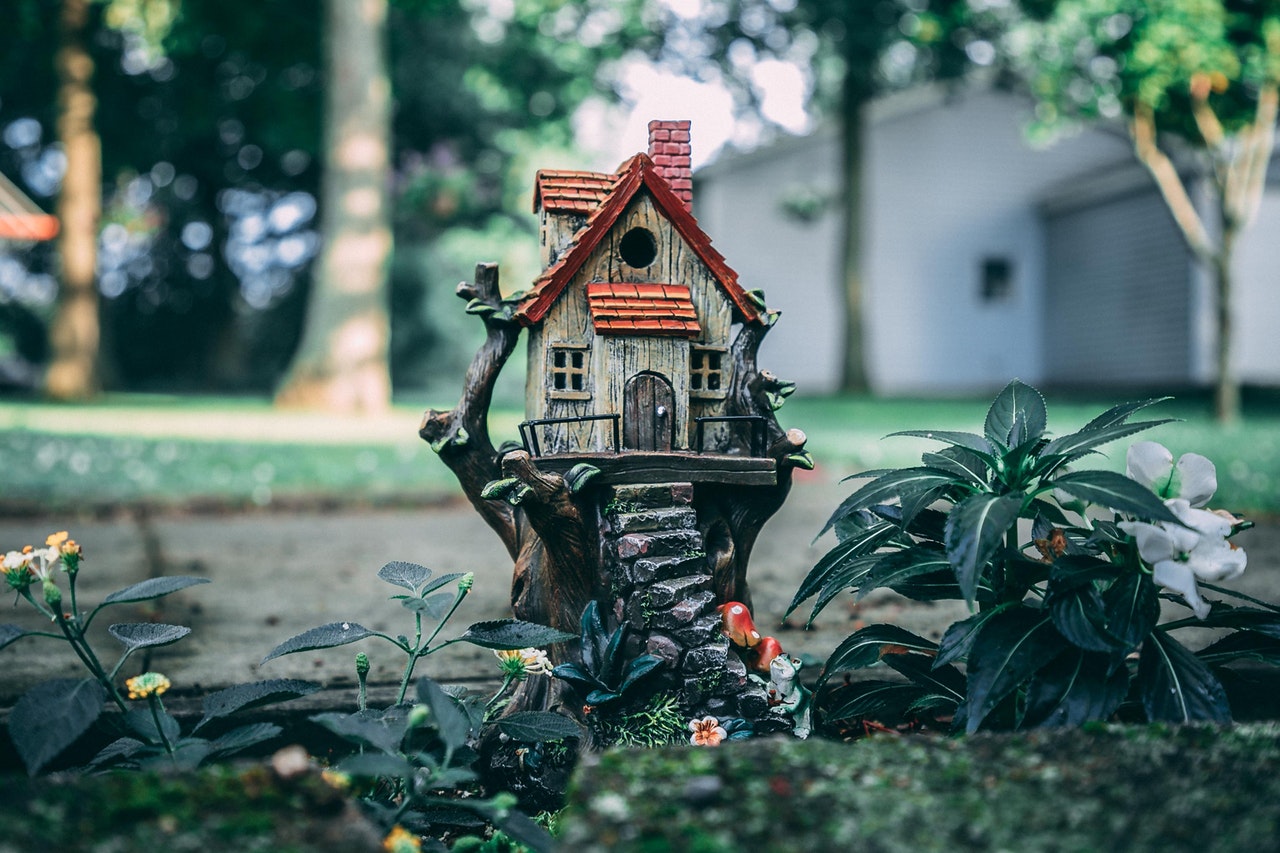Interior Design Trends Over the Last 100 Years
Posted on 31 May, 2022

1920s – Art Deco
1930s – Simplicity And Family Focus
1940s – Kitchens And Comfort
1950s – Home Is Where The Heart Is
1960s – Bright And Breezy
1970s – Back To Nature
1980s – A Time Of Chintz
1990s – Living It Large
2000s – Let There Be Light
2010s – Tonal Shift
Who knows what the future holds for interior design, but if you’re looking for an interior design job today, be sure to register with Careers in Design and upload your CV. This gives you access to our portfolio of current vacancies, as well as professional advice and assistance from our dedicated team.
Posted in: Interior Design
